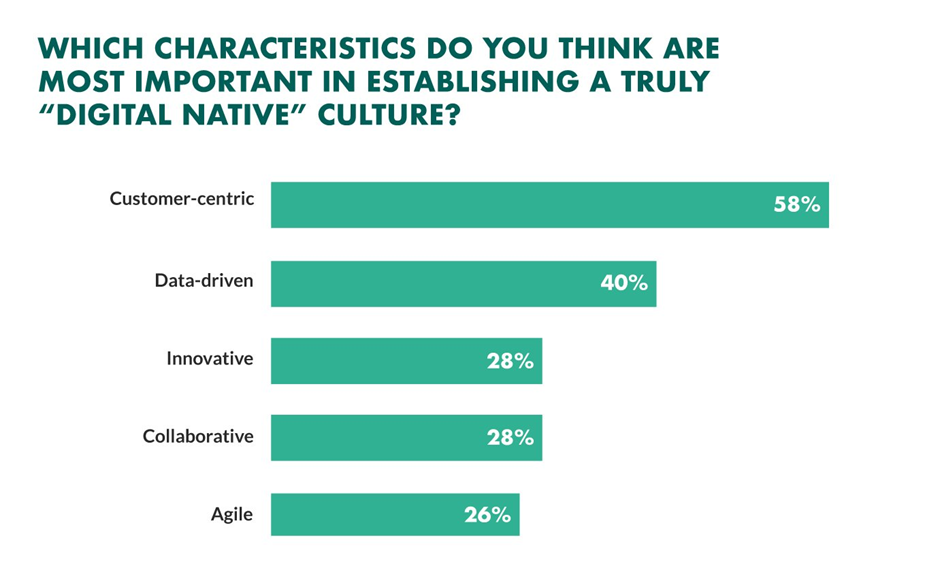Selecting the correct target audience for an online survey is one of the most crucial steps when you conduct one. In fact, the success of your survey campaign heavily relies on the participants. As a researcher or business owner, you should ensure that you survey the right audience. Otherwise, the insights that you would gain from your survey would be irrelevant, and your market research campaign would be rendered useless.
According to a study conducted by the market research company Ipsos, targeting the right audience can increase the accuracy of market survey results by up to 50%. In a survey conducted by the market research company Econsultancy, 64% of respondents reported that they would be more likely to make a purchase from a company that provided them with personalized and relevant offers.
This indicates that selecting the right target audience for your survey is crucial in ensuring the accuracy and cost-effectiveness of your research. However, the process of identifying and choosing the correct survey targets may seem daunting, as there are several components to consider.
This guide will provide the necessary information on selecting the right survey target audience for your online survey study, including its importance, what to look for, how to apply targeting methods, and more.
Importance of selecting the right target audience
The importance of selecting the appropriate survey target audience must be considered. They are the foundation of your market research, alongside your survey’s topic, purpose, and overarching campaign. The right target audience will guide your entire campaign in the right direction and produce effective surveys for a variety of campaigns. Without them, your market survey campaign will not yield accurate results, rendering even the strongest survey methodology useless. Companies that prioritize them are 60% more profitable than those that don’t.
Moreover, 56% of customers are loyal to brands that understand them, which makes surveying them critical to generating loyalty to your business. This approach produces accurate and precise results, allowing you to take proper action and avoid business risks. Loyalty breeds repeat purchases and continuous business, with 65% of a company’s business coming from existing customers. Additionally, it gives you a competitive edge in your market, as not all businesses conduct market research and those that do often miss them.
Five steps to selecting the right target audience
1. Understanding your target market in detail
Before anything else, it’s crucial to comprehend the composition of your target market if you’re conducting market research. Your focus will be on your customers, as opposed to general research. Your target market consists of the vast array of customers who are most likely to buy from you and the group for which most marketing campaigns are created. Therefore, it’s essential to initially pinpoint your target market in the course of discovering your correct survey target audience, which, as previously mentioned, are two distinct audiences.
2. Conducting primary research on your target market
Conducting primary research is integral to identifying your survey audience, as it is for all types of studies. This is because primary research enables you to obtain the most precise insights, unlike secondary research, which can be outdated and may not fully address your specific concerns and questions.
This is because primary research is research that you conduct yourself, as opposed to collecting data from pre-existing and accessible sources, as discussed in the previous section. Primary research allows you to steer the direction of your research campaign. Although this is typically the case, there are some exceptions, such as syndicated research, where you may only conduct the research partially.
3. Conduct some form of secondary research on your target market
Conducting secondary market research is crucial in comprehending your target market and surveying the audience. Once you’ve considered the questions posed in the previous section and those resembling them, it’s time to uncover their answers through secondary sources. The internet is full of crucial information, as are other venues, such as in-person trade shows, conventions, and trade magazines. The non-digital sources are frequently available in the digital realm as well. For instance, numerous online events, like webinars, explore your industry and its customers.
You can examine your competitors to determine who fits into your broader target market. Who are they targeting with their marketing? Who are they developing content for?
4. Make liberal use of market segmentation to reach the core group
To gain an in-depth understanding of your target market, the initial and important step is market segmentation. Researchers split their brand’s broader target audience into smaller subsets or segments through market segmentation, as your target market includes various segments and customer personas. This process involves categorizing these segments based on different standards such as demographics, customer behavior, opinions, interests, needs, and other criteria.
By dividing your customers into smaller groups, you will be able to gain a complete understanding of your target market. Moreover, you can effectively focus on targeting customers for specific market research, survey studies, and other marketing campaigns.
5. Understand and utilize your customer personas
Identifying customer personas is like market segmentation, but it narrows the focus on customer groups even more. Customer personas are like detailed versions of market segments, representing individual people. These people are not real, but they are based on common examples of individuals in your market segments. A customer persona is a comprehensive portrayal of a member of a business’s target market, and it encompasses all the characteristics of a precisely described, specific target market grouping. In essence, identifying customer personas is a form of extremely specific segmentation, where each persona represents an individual character rather than a group.
Conclusion
Selecting the appropriate survey target audience is a daunting and time-consuming task. Still, it will pay off for your survey campaign and overall business goals, such as revenue increase or brand awareness. Luckily, the right survey platform can simplify this process, freeing up your time and energy to focus on your survey and business campaigns. Therefore, choosing an online survey platform that offers the distribution methods mentioned earlier and facilitates the entire survey process, including targeting, questionnaire building, data filtering, and more, is essential. Maction Consulting can help you with the same.





